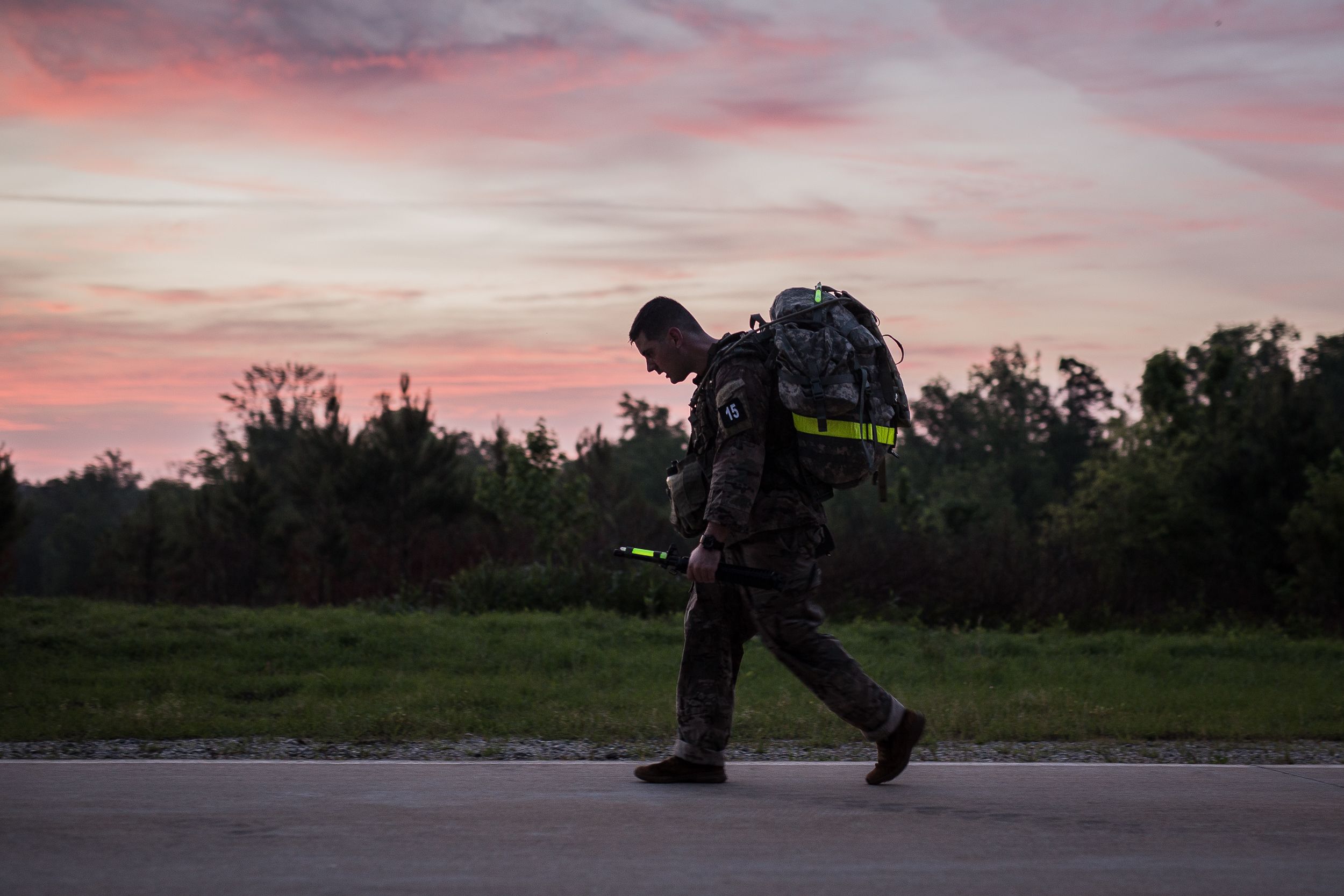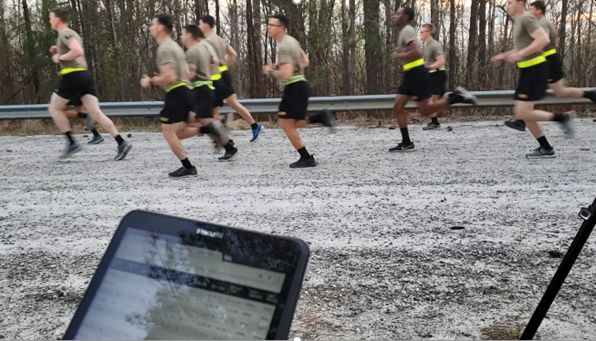- Our Story
- Publications & Resources
- Publications & Resources
- Publications
- IEEE Signal Processing Magazine
- IEEE Journal of Selected Topics in Signal Processing
- IEEE Signal Processing Letters
- IEEE Transactions on Computational Imaging
- IEEE Transactions on Image Processing
- IEEE Transactions on Information Forensics and Security
- IEEE Transactions on Multimedia
- IEEE Transactions on Signal and Information Processing over Networks
- IEEE Transactions on Signal Processing
- IEEE TCI
- IEEE TSIPN
- Data & Challenges
- Submit Manuscript
- Guidelines
- Information for Authors
- Special Issue Deadlines
- Overview Articles
- Top Accessed Articles
- SPS Newsletter
- SigPort
- SPS Resource Center
- Publications FAQ
- Blog
- News
- Dataset Papers
- Conferences & Events
- Community & Involvement
- Professional Development
- For Volunteers
- Information for Authors-OJSP
-
Home
Conferences Events IEEE Signal Processing Magazine IEEE SPL Article IEEE TIFS Article IEEE TMM Article IEEE TSP Article Jobs in Signal Processing Lectures Machine Learning Seasonal Schools Signal Processing News SPM Article SPS Distinguished Lectures SPS Newsletter Article SPS Webinar SPS Webinars SPS Webinar Series Webinar webinars
-
Our Story
What is Signal Processing?

The technology we use, and even rely on, in our everyday lives –computers, radios, video, cell phones – is enabled by signal processing. Learn More » -
Publications & Resources
-
SPS Resources
- Signal Processing Magazine The premier publication of the society.
- SPS Newsletter Monthly updates in Signal Processing
- SPS Resource Center Online library of tutorials, lectures, and presentations.
- SigPort Online repository for reports, papers, and more.
- SPS Feed The latest news, events, and more from the world of Signal Processing.
-
SPS Resources
-
Conferences & Events
-
Community & Involvement
-
Membership
- Join SPS The IEEE Signal Processing Magazine, Conference, Discounts, Awards, Collaborations, and more!
- Chapter Locator Find your local chapter and connect with fellow industry professionals, academics and students
- Women in Signal Processing Networking and engagement opportunities for women across signal processing disciplines
- Students Scholarships, conference discounts, travel grants, SP Cup, VIP Cup, 5-MICC
- Young Professionals Career development opportunities, networking
- Get Involved
-
Technical Committees
- Applied Signal Processing Systems
- Audio and Acoustic Signal Processing
- Bio Imaging and Signal Processing
- Computational Imaging
- Image Video and Multidimensional Signal Processing
- Information Forensics and Security
- Machine Learning for Signal Processing
- Multimedia Signal Processing
- Sensor Array and Multichannel
- Signal Processing for Communication and Networking
- Signal Processing Theory and Methods
- Speech and Language Processing
- Technical Working Groups
- More TC Resources
-
Membership
-
Professional Development
-
Professional Development
- Signal Processing Mentorship Academy (SigMA) Program
- Micro Mentoring Experience Program (MiME)
- Distinguished Lecturer Program
- Distinguished Lecturers
- Distinguished Lecturer Nominations
- Past Lecturers
- Distinguished Industry Speaker Program
- Distinguished Industry Speakers
- Distinguished Industry Speaker Nominations
- Industry Resources
- IEEE Training Materials
- Jobs in Signal Processing: IEEE Job Site
-
Career Resources
- SPS Education Program Educational content in signal processing and related fields.
- Distinguished Lecturer Program Chapters have access to educators and authors in the fields of Signal Processing
- Job Opportunities Signal Processing and Technical Committee specific job opportunities
- Job Submission Form Employers may submit opportunities in the area of Signal Processing.
-
Professional Development
-
For Volunteers
-
For Board & Committee Members
- Board Agenda/Minutes* Agendas, minutes and supporting documentation for Board and Committee Members
- SPS Directory* Directory of volunteers, society and division directory for Board and Committee Members.
- Membership Development Reports* Insight into the Society’s month-over-month and year-over-year growths and declines for Board and Committee Members
-
For Board & Committee Members
Popular Pages
Today's:
- Information for Authors
- (ICME 2026) 2026 IEEE International Conference on Multimedia and Expo
- IEEE Transactions on Information Forensics and Security
- IEEE Transactions on Image Processing
- Conference Call for Papers
- IEEE Journal of Selected Topics in Signal Processing
- IEEE Transactions on Multimedia
- 2025 Picture Coding Symposium (PCS)
- Submit a Manuscript
- (ICIP 2026) 2026 IEEE International Conference on Image Processing
- (CAI 2026) IEEE Conference on Artificial Intelligence 2026
- Access Restricted
- (ISBI 2026) 2026 IEEE 23rd International Symposium on Biomedical Imaging
- Editorial Board
- Unified EDICS
All time:
- Information for Authors
- Submit a Manuscript
- IEEE Transactions on Image Processing
- IEEE Transactions on Information Forensics and Security
- IEEE Transactions on Multimedia
- IEEE Transactions on Audio, Speech and Language Processing
- IEEE Signal Processing Letters
- IEEE Transactions on Signal Processing
- Conferences & Events
- IEEE Journal of Selected Topics in Signal Processing
- Information for Authors-SPL
- Conference Call for Papers
- Signal Processing 101
- IEEE Signal Processing Magazine
- Guidelines
Last viewed:
- Submit a Manuscript
- IEEE Transactions on Image Processing
- (ICME 2026) 2026 IEEE International Conference on Multimedia and Expo
- Signal Processing Cup
- Information for Authors-SPL
- Login Error
- IEEE Transactions on Signal Processing
- Publications FAQ
- IEEE Transactions on Information Forensics and Security
- IVMSP TC Home
- Award Recipients
- Editorial Board
- About Transactions on Information Forensics and Security
- The First in Series to Highlight Women in Signal Processing: Rabab Ward
- Membership Board
Georgia Tech Contributes to Reducing Heat-related Illness in Military Personnel
You are here
Newsletter Menu
Newsletter Categories
Top Reasons to Join SPS Today!
1. IEEE Signal Processing Magazine
2. Signal Processing Digital Library*
3. Inside Signal Processing Newsletter
4. SPS Resource Center
5. Career advancement & recognition
6. Discounts on conferences and publications
7. Professional networking
8. Communities for students, young professionals, and women
9. Volunteer opportunities
10. Coming soon! PDH/CEU credits
Click here to learn more.
News and Resources for Members of the IEEE Signal Processing Society
Georgia Tech Contributes to Reducing Heat-related Illness in Military Personnel
Heat-related injuries have long been a serious focus for the military, and the number reported cases has been climbing sharply in recent years. In 2018, statistics indicated that there were 578 diagnoses cases of heat stroke and more than 2,000 reported incidents of diagnosed heat exhaustion among active service members. Between 2014 and 2018, about 40% of all military heat-related illness and deaths occurred at only five installation in the United States, with more than 1,500 cases alone in Ft. Benning, GA. Heat related illnesses represent a continuum of conditions that goes from mild (i.e. heat exhaustion) to severe and potentially life threatening (i.e. exertional heat stoke). Episodes can be the result of environmental heat stress and physical exertion due to exercise or intense activity in hot and humid conditions.
To help the government reduce the incidents of heat injuries among service members, researchers at the Georgia Tech Research Institute (GTRI) in collaboration with the U.S. Army Medical Materiel Development Activity (USAMMDA), the US Army Research Institute of Environmental Medicine (USARIEM) and MIT Lincoln Labs are supporting research in sensor technology providing state-of-the-art solutions in communications and data analytics.
The physiological monitoring of military service members during exercise activity is possible thanks to a combination of several technologies. At the core of the project is an algorithm developed by USARIEM researcher Dr. Mark Buller to predict internal body temperature from sequential heart rate measurements. This algorithm utilizes a prediction model based on a Kalman filter approach to model the physiology of internal body temperature as noisy observations of heart rate, providing a good estimation of internal body temperature during activity. Then, this algorithm is embedded in a wearable sensor developed by MIT Lincoln Labs, which captures heart rate, skin temperature and accelerometry providing an estimation of internal core temperature. This sensors emits an advertising Bluetooth message once per second containing vital information like heart rate and estimated core and skin temperature.

During physical activity, a custom mesh network of communication nodes developed by researchers at GTRI capture the Bluetooth packets from all participants as they move though the course, which sometimes can be as long as 12 miles. Nodes uses Long Range (LoRa) radios to cover large distances and special software to listen to the sensor Bluetooth packets. The data is then filtered and aggregated at a head node where instructors can monitor each participant in realtime for early symptoms of heat injuries. Moreover, the data is also uploaded in realtime to a cloud computing platform that tags, catalogs and stores the information for each participants and each event. Advanced visualizations allow remote users to follow an event in realtime, independently of their geographical location. Data analytics are used to identify possible conditions of injury and provide summary information. This system is built to be sensor agnostic and scalable, allowing more sensors to be integrated on a large number of users. Moreover, researchers have the ability to review events retrospectively and identify crucial moments associated to potential events. 
The combination of these technologies provides the Government, for the first time, with the capability to monitor in realtime the physiology of hundreds of recruits during a training event, detecting early symptoms of heath related illnesses and offering the possibility to intervene before it is too late. It is hoped that together with other initiatives like the Heat Center at Ft. Benning directed by MAJ. David DeGroot, the number of heat-related injuries will decrease in the near future.
Open Calls
| Nomination/Position | Deadline |
|---|---|
| Call for Nominations for the SPS Chapter of the Year Award | 15 October 2025 |
| Call for Papers for 2026 LRAC Workshop | 22 October 2025 |
| Submit Your 2026 ICASSP Workshop Paper | 22 October 2025 |
| Submit a Proposal for ICASSP 2030 | 31 October 2025 |
| Call for Project Proposals: IEEE SPS SigMA Program - Signal Processing Mentorship Academy | 2 November 2025 |
| Submit Your Proposals for 2026 Member-Driven Initiatives | 21 November 2025 |
| IEEE Signal Processing Society Annual Election Opens on 17 October | 4 December 2025 |
Society News
- Call for Officer Nominations: Vice President-Conferences and Vice President-Publications
- Call for Nominations for Editor-in-Chief
- 37 SPS Members Elevated to Fellow
- Hyderabad Chapter Receives the 2019 Chapter of the Year Award!
- 151 Signal Processing Society Members Elevated to Senior Member!
- Job Opportunities in Signal Processing
- Upcoming Distinguished Lectures
- Call for Nominations: Division IX Director-Elect
- SPS Members Receive 2020 IEEE Awards
- Nominate an IEEE Fellow today!
- 2019 IEEE Signal Processing Society Awardees
Education & Resources
Technical Committee News
Conferences & Events
SPS Social Media
- IEEE SPS Facebook Page https://www.facebook.com/ieeeSPS
- IEEE SPS X Page https://x.com/IEEEsps
- IEEE SPS Instagram Page https://www.instagram.com/ieeesps/?hl=en
- IEEE SPS LinkedIn Page https://www.linkedin.com/company/ieeesps/
- IEEE SPS YouTube Channel https://www.youtube.com/ieeeSPS
Home | Sitemap | Contact | Accessibility | Nondiscrimination Policy | IEEE Ethics Reporting | IEEE Privacy Policy | Terms | Feedback
© Copyright 2025 IEEE - All rights reserved. Use of this website signifies your agreement to the IEEE Terms and Conditions.
A public charity, IEEE is the world's largest technical professional organization dedicated to advancing technology for the benefit of humanity.









